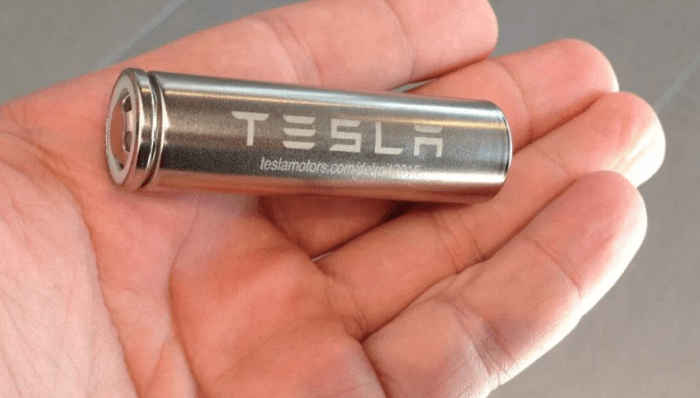A new paper by Tesla’s head battery researcher Jeff Dahn suggests the company is developing battery cells that will power a vehicle for more than a million miles.
Dahn’s team at the Department of Physics and Atmospheric Science at Dalhousie University has been testing a moderate-energy-density lithium-ion pouch cell chemistry, which differs from the cylindrical cells currently used for Tesla vehicles. The paper claims the cells will have a life of “at least two decades.”
According to the paper:
“We present a wide range of testing results on an excellent moderate-energy-density lithium-ion pouch cell chemistry to serve as benchmarks for academics and companies developing advanced lithium-ion and other “beyond lithium-ion” cell chemistries to (hopefully) exceed. These results are far superior to those that have been used by researchers modelling cell failure mechanisms and as such, these results are more representative of modern Li-ion cells and should be adopted by modellers. Up to three years of testing has been completed for some of the tests. Tests include long-term charge-discharge cycling at 20, 40 and 55°C, long-term storage at 20, 40 and 55°C, and high precision coulometry at 40°C. Several different electrolytes are considered in this LiNi0.5Mn0.3Co0.2O2/graphite chemistry, including those that can promote fast charging. The reasons for cell performance degradation and impedance growth are examined using several methods. We conclude that cells of this type should be able to power an electric vehicle for over 1.6 million kilometers (1 million miles) and last at least two decades in grid energy storage.”
A million-mile battery would be particularly beneficial to two Tesla business units — the Semi and a planned robotaxi network. Tesla has said it intends debut both in 2020.
According to the paper:
“This situation may change with the proposed introduction of “robo taxis”, long haul electric trucks and vehicle-to-grid applications. In the former, vehicles will be driving all day, much like a conventional taxi and undergoing nearly 100% DOD cycling. Long haul trucks will almost certainly run in near 100% DOD situations. Cells in vehicles tethered to the grid will be racking up charge-discharge cycles even when the vehicle is not moving. Clearly EVs destined for vehicle-to-grid applications, robo taxis or long haul trucking, would favor a lithium-ion chemistry that could deliver many more charge-discharge cycles in a decade than an EV that was destined for typical commuter driving where high energy density to give the longest driving range for weekend trips might be emphasized. Electric buses represent another application where duty cycles approaching 100% DOD are used on a daily basis.”
The paper essentially open-sourced the team’s findings with the intention of pushing battery technology forward for the entire industry. Several industry watchers have noted that it’s likely that Tesla has an even better technology in development if it’s willing to share such important data.
See the full paper here.
